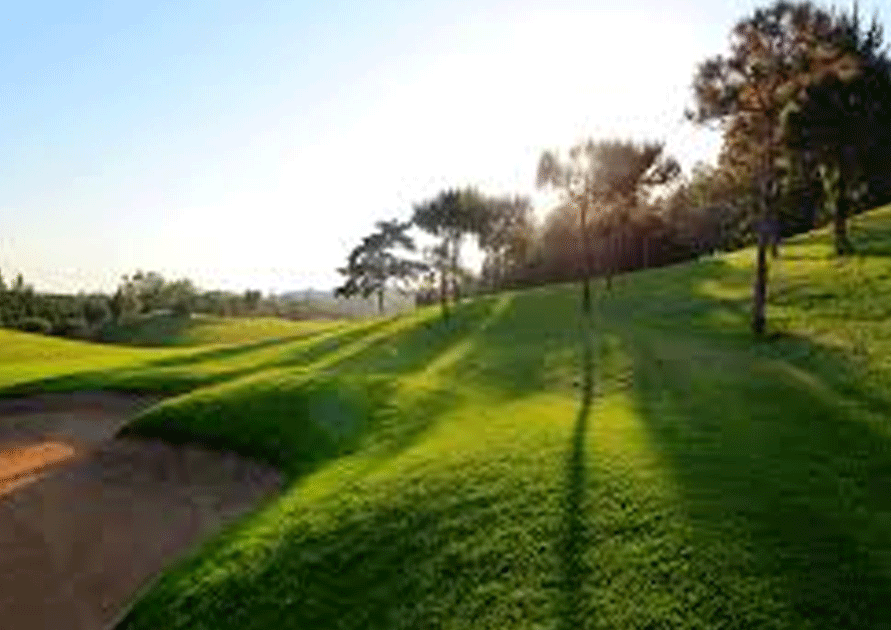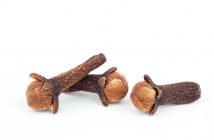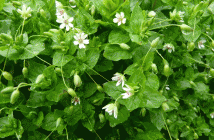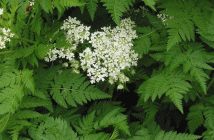 In his book, Desert Happy, naturalist Douglas Rigby terms chaparral or, as it is sometimes called, the creosote bush, “a plant genius.” It
In his book, Desert Happy, naturalist Douglas Rigby terms chaparral or, as it is sometimes called, the creosote bush, “a plant genius.” It
flourishes in the nutritionally deficient soil of the American south-west, retaining its characteristic bronze to mustard-green hue in the face of oppressive heat and as little as a few tablespoons of water per year. In addition, it secretes a powerful antigrowth substance that discourages invasive vegetation from taking root nearby.
John Heinerman posits that a group of creosote bushes in the Mojave Desert, 150 miles northeast of Los Angeles, are the oldest living organisms on the planet-11,700 years old! The plant’s dura-bility is a result of its nordihydroguaiaretic acid (NDGA) content. Used in numerous food products to prevent rancidity, NDGA is a powerful antioxidant capable of holding in check the free radicals (molecular fragments within the human body responsible for causing blood clots, arthritis, senility, and greatly hastening the aging process). Heinerman argues that “while chaparral may not hold quite the same promises expected of ginseng for longevity, it can certainly help to slow down the aging process quite a bit from the foods we eat on a daily basis” (p. 143).
Both Mexican-Americans and the Pima Indians of the southwest boil chaparral in alcohol (whiskey or wine) for use as a dandruff re¬mover that far outperforms national brand shampoos. This solution can be applied to cats and dogs bothered by lice or fleas. It can also be employed as a douche to fight yeast infection, and soaking one’s feet in it has been found effective in curing athlete’s foot.
Dr. Charles R. Smart, Chief of Surgery at Salt Lake City’s LDS Hospital until 1985 and an internationally known cancer specialist, noted in the June 1978 issue of Herbalist that “chaparral tea produced regression of tumors but not necessarily cures” (Heinerman, 1996, p. 143). One of his patients, an eighty-five-year-old named Ernest Farr, was afflicted with advanced melanomas on his face and neck. His cancer virtually disappeared after a treatment regimen that included no medication other than chaparral tea; he died of other causes at the age of ninety-six. Based on the success of this herb solution in treating his wife’s tumor, Tom Murdock formed what would become the largest health food concern in the nation, Nature’s Way. The company’s first product was chaparral capsules. A number of publications, including the American Cancer Society’s Unproven Methods of Cancer Management (1970), have further documented chaparral’s ability to hold various cancers in check, most notably metastatic choriocarcinoma, lymphosarcoma, and leukemia.



